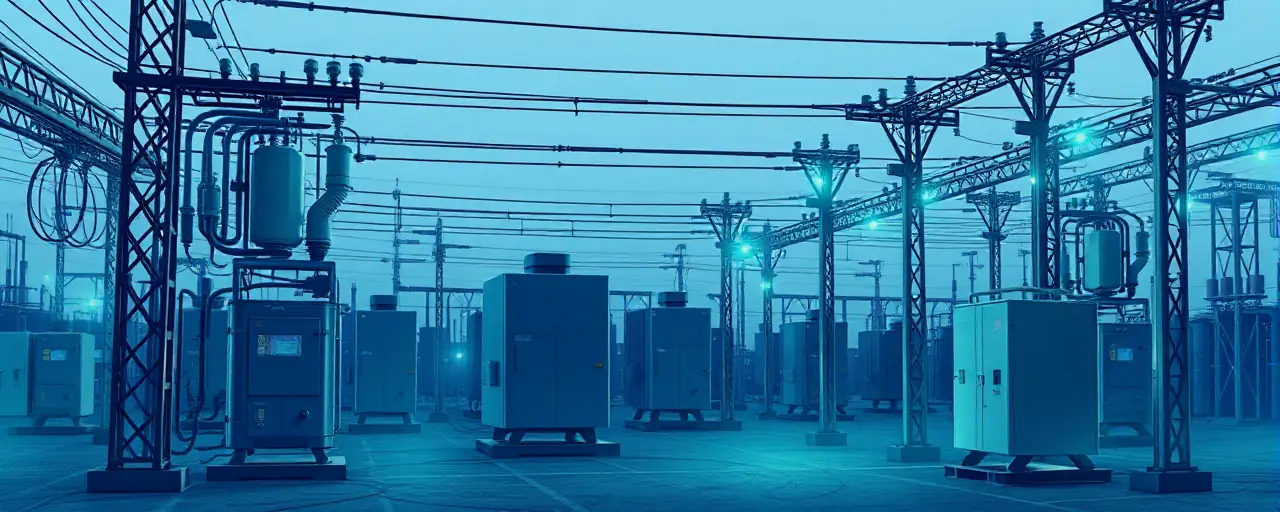A Push for a Smarter Grid
New York State is doubling down on its clean energy ambitions with a $12 million investment to develop cutting-edge technologies for its electric grid. Announced on April 16, 2025, by Governor Kathy Hochul, the initiative aims to make the grid more efficient, reliable, and ready to handle a surge in renewable energy sources like wind and solar. The move reflects a broader effort to transform how electricity flows to homes and businesses, addressing the growing demand for clean power in a world increasingly shaped by climate challenges.
The Grid Enhancing Technologies (GETs) program, run by the New York State Energy Research and Development Authority (NYSERDA), is at the heart of this push. It invites companies and researchers to propose projects that could redefine grid performance. From advanced conductors to AI-driven analytics, the program targets innovations that can handle the complexities of a modern energy system. With proposals due by July 15, 2025, the state is betting on a mix of bold ideas and practical solutions to meet its climate goals.
Why the Grid Needs an Upgrade
New York’s electric grid, like many across the globe, was built for a different era, one dominated by large, centralized power plants burning fossil fuels. Today, the rise of renewables and the electrification of everything from cars to heating systems are straining that aging infrastructure. Over 2,600 gigawatts of renewable projects worldwide are stuck in interconnection queues, highlighting a critical bottleneck. In New York, integrating wind and solar power requires a grid that can adapt to their variable nature while keeping the lights on during storms or heatwaves.
The GETs program focuses on three key areas: improving transmission efficiency, integrating inverter-based resources like solar and battery storage, and enhancing real-time grid monitoring. For instance, advanced conductors can boost the capacity of existing lines, while AI tools can predict demand spikes or equipment failures. These upgrades aim to make the grid more flexible and resilient, ensuring that clean energy reaches consumers without costly delays or outages.
Yet, challenges loom. Regulatory hurdles, supply chain issues, and the sheer cost of modernization—estimated at $21 trillion globally by 2050—complicate the transition. New York’s investment, while significant, is a drop in the bucket compared to the scale of the task. Still, state officials argue that targeted funding can spark innovation and attract private investment, creating a ripple effect across the energy sector.
Balancing Innovation and Equity
New York’s climate agenda, anchored by the 2019 Climate Leadership and Community Protection Act, sets aggressive targets: 70% renewable energy by 2030 and a zero-emissions grid by 2040. The GETs program aligns with these goals, but it also reflects a commitment to equity. At least 35% of the state’s clean energy investments must benefit disadvantaged communities, which often face higher pollution and energy costs. By modernizing the grid, the state hopes to deliver cleaner air, lower bills, and more reliable power to these neighborhoods.
Public-private partnerships are central to this effort. Utilities like Con Edison and National Grid are collaborating with NYSERDA to test new technologies, building on past successes. Since 2016, the state has invested $65 million in over 110 grid projects, from high-accuracy sensors to advanced modeling tools. These efforts have already yielded nearly 300 commercially available products, showing that innovation can scale. However, ensuring these benefits reach underserved areas requires careful planning and community input to avoid repeating past inequities in infrastructure development.
Some stakeholders caution that rapid grid upgrades could raise electricity rates, a concern for low-income households already stretched thin. Others argue that the long-term savings from a more efficient grid—potentially $290 billion globally by 2029—will outweigh upfront costs. Striking this balance will be critical as New York pushes to meet its climate targets without leaving vulnerable communities behind.
The Bigger Picture
New York’s initiative is part of a global race to modernize grids for a clean energy future. The International Energy Agency warns that without massive upgrades, the world risks missing net-zero targets. In the U.S., federal policies like the Inflation Reduction Act and new rules from the Federal Energy Regulatory Commission are speeding up transmission projects and renewable integration. States like Utah and North Carolina are also experimenting with advanced grid technologies, creating a patchwork of innovation across the country.
The rise of inverter-based resources, such as solar panels and batteries, adds urgency to these efforts. These systems, which rely on complex electronics rather than traditional generators, can destabilize grids if not properly managed. Recent grid disturbances, including 13 major events since 2016, underscore the need for better controls and standards. New York’s focus on AI and grid-forming inverters could help address these risks, paving the way for a more stable and decentralized energy system.
Looking Ahead
New York’s $12 million investment is a bold step, but it’s just one piece of a much larger puzzle. The state’s clean energy transition depends on sustained funding, regulatory agility, and collaboration across sectors. By fostering public-private partnerships and prioritizing innovation, the GETs program could position New York as a leader in grid modernization, offering a model for other states and nations grappling with similar challenges.
For everyday New Yorkers, the stakes are tangible: a grid that delivers clean, reliable power could mean lower energy costs, fewer outages, and healthier communities. As proposals roll in and projects take shape, the state’s ability to turn ambitious ideas into real-world solutions will determine whether it can keep pace with its climate goals and deliver on its promise of a fairer, greener future.
